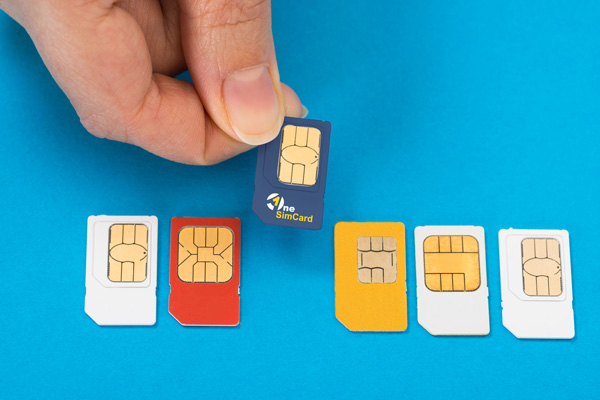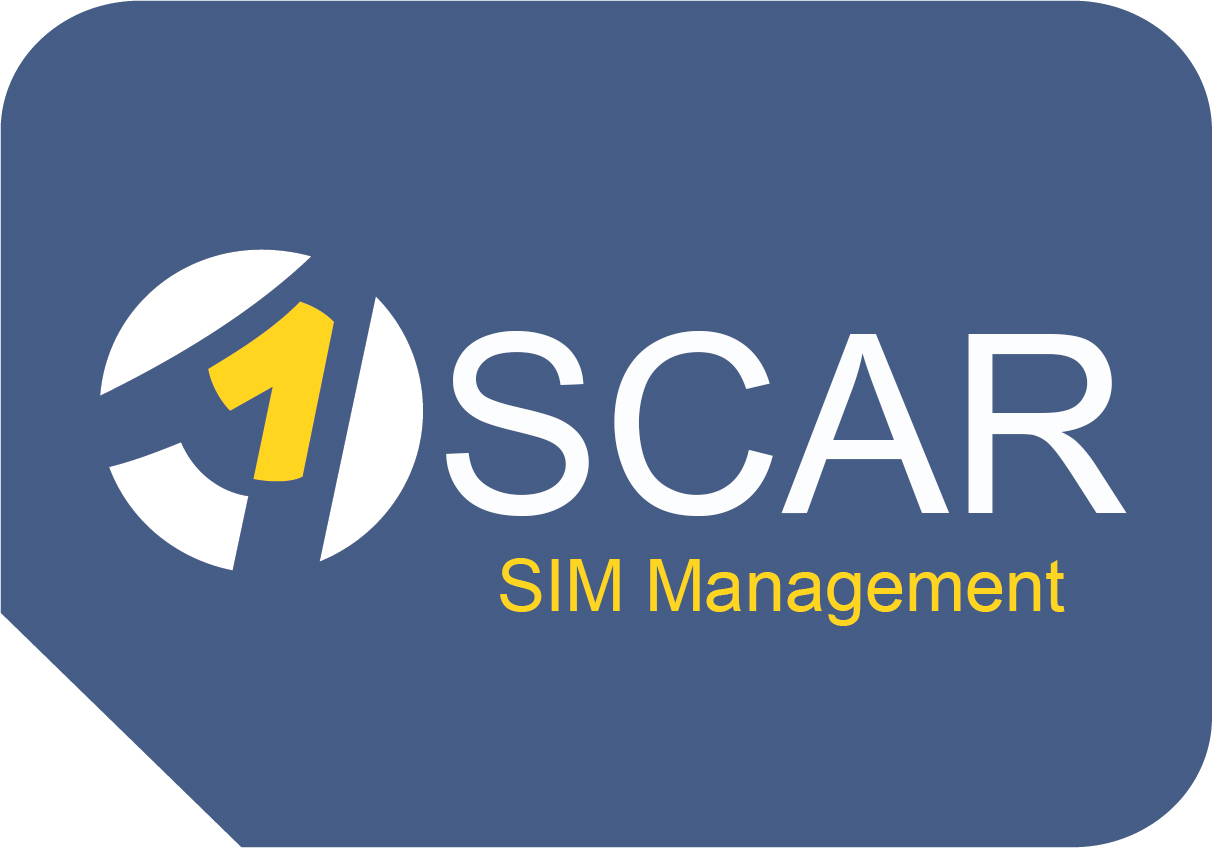
When starting a new IoT project, there are many pieces of the puzzle to put together. You want to ensure on-time delivery of the project and you need to make sure that all of the bugs have been worked out during the testing project. Many IoT projects fail to deliver on-time because they put off testing with their chosen IoT SIM card providers until the very end. This causes loss of revenue, an unhappy end customer because the delivery time is not delivered on time (which can cause penalties or loss of confidence and the end-customer decides to cancel their order and choose another solution), and bad reviews for your company.
The most successful project engages with, and choose, an IoT SIM card provider in the initial stages of project design. There are many factors that go into the decision process for a SIM card provider. Some of the factors include:
-
Coverage – Does your provider have a robust network to ensure the IoT SIM card will work where you need it to work? Are your needs in one country or are you looking to deploy your IoT SIM cards international? Whether it is Domestic or International deployment, is the provider able to provide coverage on multiple networks (for redundancy) without “Steering” your traffic. Can they provide this service using a single APN & with a single management portal?
-
Functionality – Does your IoT SIM card provider offer all of the functionality you require? Typical functionality can include:
-
Portal for SIM Management – It is critical that you have access to maintain your fleet of SIMs. The IoT SIM card management portal is used to
-
-
activate & deactivate SIMs;
-
analyze data consumption;
-
gain an understanding of where data is being consumed;
-
put limits on usage;
-
provide access for multiple users & profiles allowing access to specific functionality and/or specific SIM cards – even provide access to the end customer in cases of B2B2X scenarios;
-
Send SMS through the portal;
-
Dynamic and Static IP Addresses – Most IoT SIM card providers default to Dynamic IP addresses. If you require Static IP’s, do you need Public or Private Static IP addresses? The more secure option is Private IP addresses. Private static IP’s require that the device communicating with the SIM card be on the same IP range – this is commonly called Peer-to-Peer connectivity. Public static IP’s can be addressed from any device on the Internet which is why Public Static IP’s offer no security.
-
VPN Service – Open VPN or IPSec? Open VPN is typically a less expensive solution but it limits tunnel to one user concurrently per VPN. This can be a user’s PC or Laptop, or a server where multiple users can access from within you LAN, but only one at a time. IPSec VPN tends to be a more expensive solution and allows multiple concurrent users and is chosen when a team needs access. Both Open and IPSec require Static IP’s for the IoT SIMs.
-
Private APN – APN’s (Access Point Name) are required on all SIM cards because it provides a point of entry into the IP network. Typically IoT SIM card providers give all of their customers a shared APN. Private APN’s are given to clients because they want simple and secure access to all of their devices. Clients sometimes use multiple APNs because they want one APN to provide service with different security levels. For example, one APN can be used to connect to the public internet while the second APN can be used to transmit sensitive data (like credit card transactions) via VPN using a private network.
-
IMEI Lock – The IMEI lock ensures the SIM will only be used and a particular device. Without the Lock, it is possible to remove the SIM and insert into another device (like a phone or tablet) and run up data consumption.
-
Whitelist IP’s and/or URLs – Sometimes there is a requirement to provide data connectivity access to and from a handful of addresses and not allow any access outside of this narrow list.
-
Limit Data or Money Usage – Limiting usage on IoT SIM cards is extremely important when in testing & in production. You want to limit your financial impact when there is a device that “goes rogue” and starts using an inordinate amount of data This is particularity important when in the testing phase because the chances that there is a bug in the device is much higher – that’s why you test. This can happen in production as well, so you want to look into these limits. In pooled data plans limits should be put into place for how much data is allowed in a given time period. In prepaid plans, there needs to be a limit for how much money an IoT SIM card can spend in a given time period?
-
Voice, SMS and Data – What are the requirements for your project? Are you just looking for Data access or do need access to voice and/or SMS also? Voice is typically used in wearable device projects such as child or elderly care (think about trackers with a “panic button” for dialing caregivers). It can also be important in the medical tech industry as well for tele-medicine as an example. SMS is typically used to send commands to the remote device and receive confirmations of those commands back from the remote device. There are many other uses for SMS, but sending commands to the IoT SIM card is by far the most popular use case.
-
Multi-IMSI Support – Multi-IMSI support allows the IoT SIM card to change which HLR (Home Locator Register) to use. The ability to allow changing IMSI’s is important to provide the best network access. The device in the field will need to have a SIM toolkit in order to enable OTA (over the air) IMSI changes. Multi-IMSI support provides peace of mind that if the current HLR doesn’t allow International Roaming for that country, that another HLR can be written to the card.
-
No “Steering” – Network Steering is the method providers utilize to keep your traffic on a particular mobile network. Providers do this to ensure your traffic stays on the least expensive network for the provider. Domestic (often referred to as Native) SIM cards typically steer traffic to their network first and keep the connection on their network until there is no signal before allowing the IoT SIM card to roam onto another network. This may make sense for the provider, but it does the customer a disservice by causing connectivity issues (the connection may bounce between networks) and connection speed problems. Steering isn’t limited to Native carriers. International IoT Sim card providers may also Steer traffic when roaming to ensure the least expensive network is connected. Look for a provider that does NOT steer traffic.
-
API functionality – Do you want the ability to access the IoT SIM card provider’s portal using API’s? Is the provider able to add API’s specific to your specific needs quickly? Many customers need to perform IoT SIM management through their portals instead of through the SIM card provider’s portal. An example of this might be a scenario where you are providing a GPS solution. You have all of your IoT SIM cards installed in your inventory of devices, but the SIM card is not activated. When you sell a GPS device to your customer, they will activate that service through your portal. Your portal is connected to your IoT connectivity provider via API and send a command to the provider’s portal to activate data service on the installed SIM card. API integration is a “must have” for many IoT projects, especially in larger deployments or when there is a high number of small transactions required.
-
Flexibility – Does the provider partner with you and listen to your particular requirements. Is the IoT SIM card provider able to design a solution that is custom to your project’s needs or are they requiring you to design your needs to fit their “cookie cutter” solution? While some projects are fairly straightforward, most IoT projects are better served by custom plans for that particular need.
-
Form Factor – What type of IoT SIM card do you need? Are you designing for an embedded SIM (Mff2) or a tradition SIM (2FF, 3FF or 4FF)? More and more projects are moving to embedded SIMs but adoption still lags behind industry predictions. Embedded SIMs provide more flexibility and allow devices to become smaller because of the amount of real estate that traditional SIMs require. Also, is there a need for industrial SIMs which have a higher tolerance to temperature (high and low) fluctuations.
-
Customer Support – If you contact your IoT SIM card provider, do they answer your call and reply to your emails? If there is a problem with connectivity, will they help troubleshoot? Is there a team assigned to your account to ensure success? Are they willing to roll up their sleeves and help you with design?
-
Cost – There is a reason this is the last consideration when choosing an IoT SIM card partner. If your project’s requirements from the above are not met, then cost doesn’t matter; even a no cost solution that doesn’t meet your needs costs too much. Too often, cost is too heavily weighted without understanding how the above criteria are satisfied. It’s not to say that cost is unimportant but if you choose the least expensive solution and you spend a lot of development cycles trying to make it work you will end up spending more money on something that ends up not working.
To summarize, you want to partner with an IoT SIM card provider very early in your design process. You need to understand your particular needs and ensure that the chosen SIM card connectivity provider has the experience with similar projects and can meet YOUR particular requirements.
OneSimCard IoT has a team of IoT connectivity experts who are always curious about, and willing to engage with your particular project. We design our global IoT SIM card solutions to your needs and never try to put a square peg in a round hole because we understand every project is different. If you are looking for a connectivity solution, please contact sales@onesimcard.com for a no obligation consultation.




